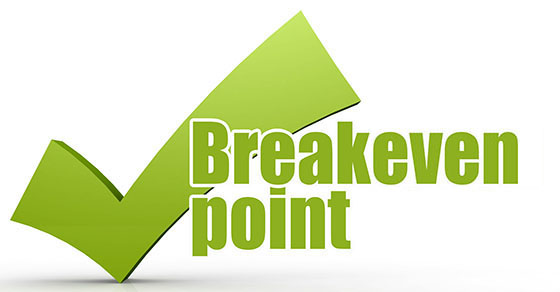
What if you decide to, or are asked to, guarantee a loan to your corporation? Before agreeing to act as a guarantor, endorser or indemnitor of a debt obligation of your closely held corporation, be aware of the possible tax consequences. If your corporation defaults on the loan and you’re required to pay principal or interest under the guarantee agreement, you don’t want to be blindsided.
Business vs. nonbusiness
If you’re compelled to make good on the obligation, the payment of principal or interest in discharge of the obligation generally results in a bad debt deduction. This may be either a business or a nonbusiness bad debt deduction. If it’s a business bad debt, it’s deductible against ordinary income. A business bad debt can be either totally or partly worthless. If it’s a nonbusiness bad debt, it’s deductible as a short-term capital loss, which is subject to certain limitations on deductions of capital losses. A nonbusiness bad debt is deductible only if it’s totally worthless.
In order to be treated as a business bad debt, the guarantee must be closely related to your trade or business. If the reason for guaranteeing the corporation loan is to protect your job, the guarantee is considered closely related to your trade or business as an employee. But employment must be the dominant motive. If your annual salary exceeds your investment in the corporation, this tends to show that the dominant motive for the guarantee was to protect your job. On the other hand, if your investment in the corporation substantially exceeds your annual salary, that’s evidence that the guarantee was primarily to protect your investment rather than your job.
Except in the case of job guarantees, it may be difficult to show the guarantee was closely related to your trade or business. You’d have to show that the guarantee was related to your business as a promoter, or that the guarantee was related to some other trade or business separately carried on by you.
If the reason for guaranteeing your corporation’s loan isn’t closely related to your trade or business and you’re required to pay off the loan, you can take a nonbusiness bad debt deduction if you show that your reason for the guarantee was to protect your investment, or you entered the guarantee transaction with a profit motive.
In addition to satisfying the above requirements, a business or nonbusiness bad debt is deductible only if:
- You have a legal duty to make the guaranty payment, although there’s no requirement that a legal action be brought against you;
- The guaranty agreement was entered into before the debt becomes worthless; and
- You received reasonable consideration (not necessarily cash or property) for entering into the guaranty agreement.
Any payment you make on a loan you guaranteed is deductible as a bad debt in the year you make it, unless the agreement (or local law) provides for a right of subrogation against the corporation. If you have this right, or some other right to demand payment from the corporation, you can’t take a bad debt deduction until the rights become partly or totally worthless.
These are only a few of the possible tax consequences of guaranteeing a loan to your closely held corporation. Contact us to learn all the implications in your situation.
© 2021










